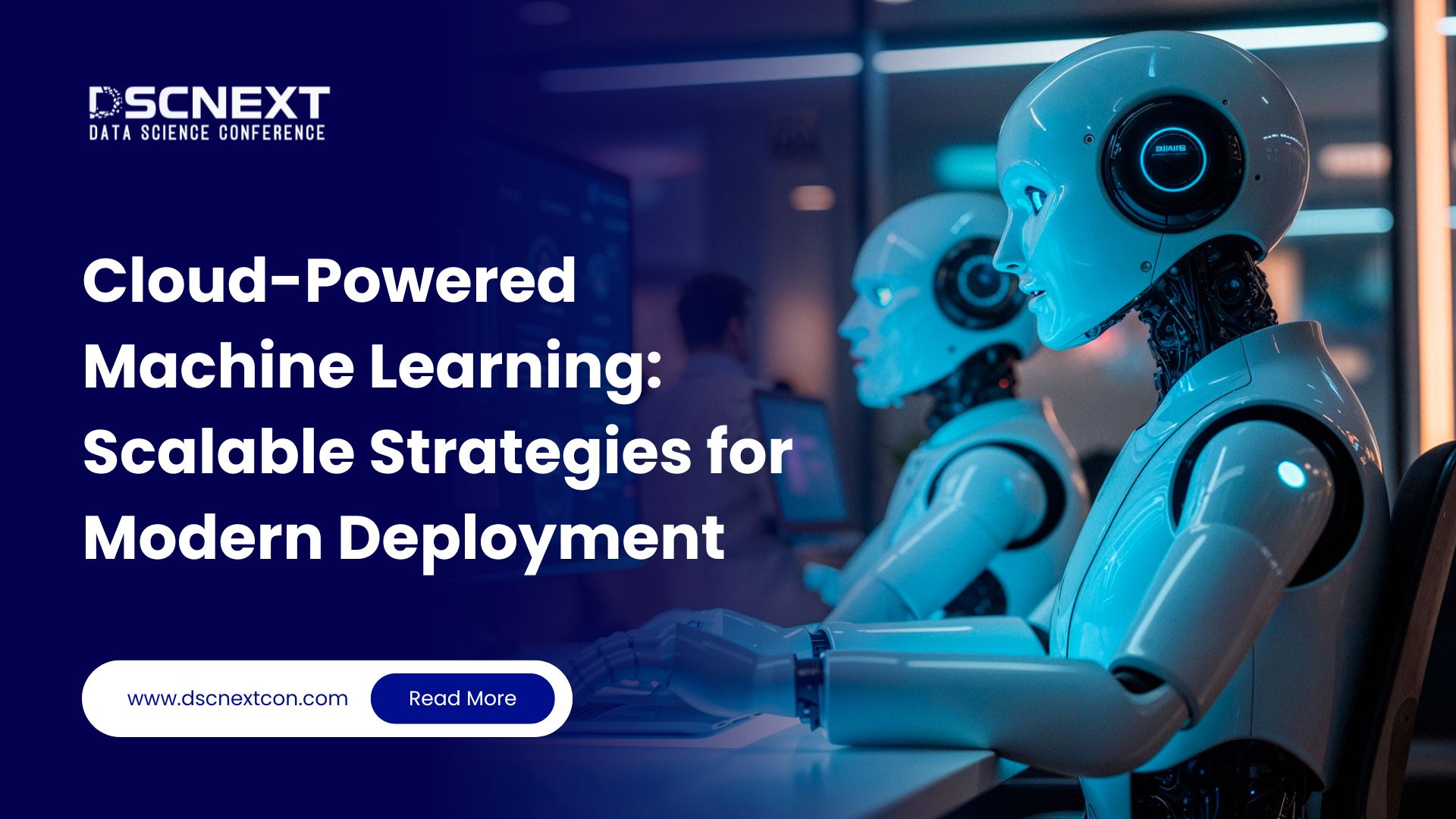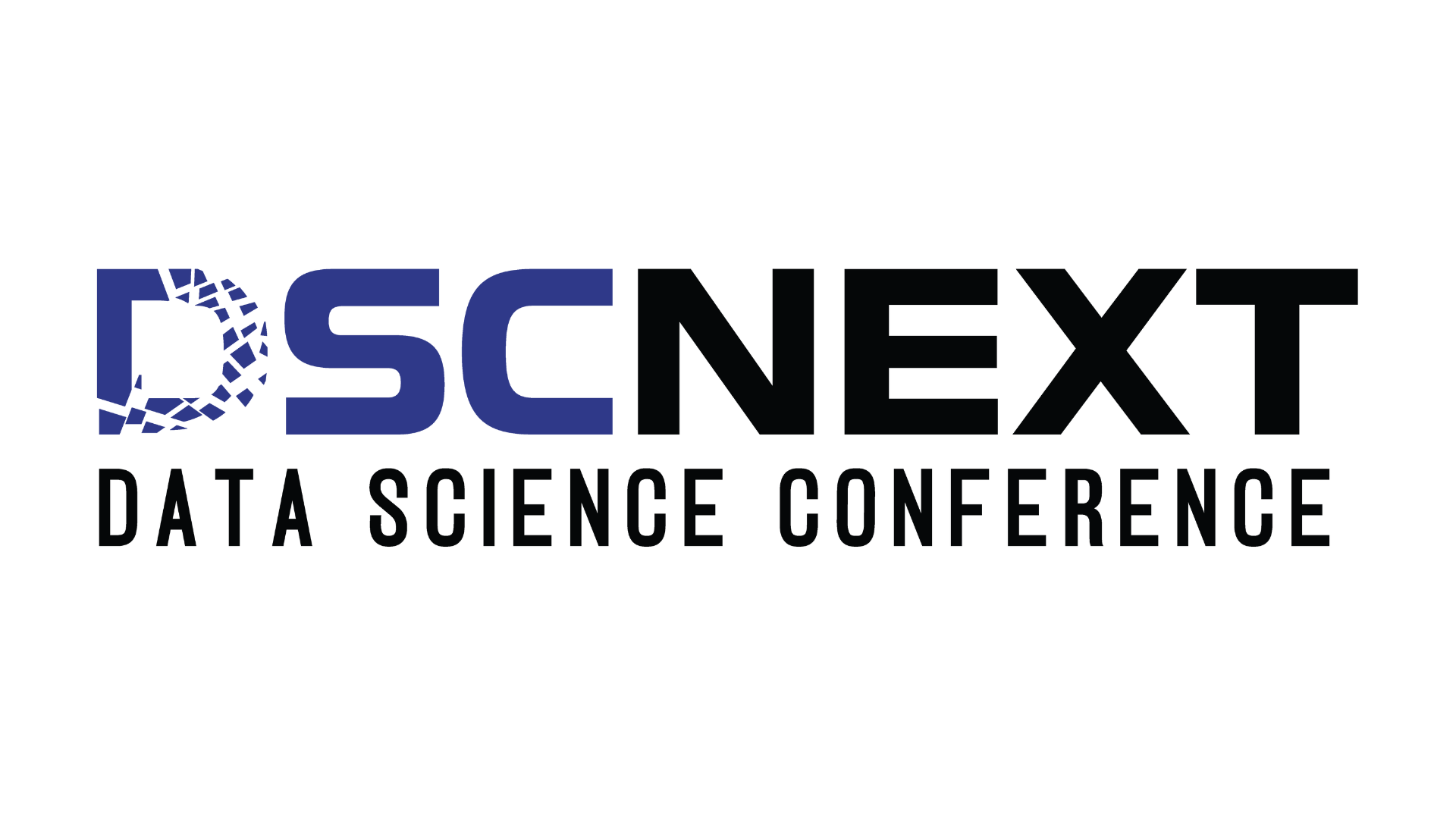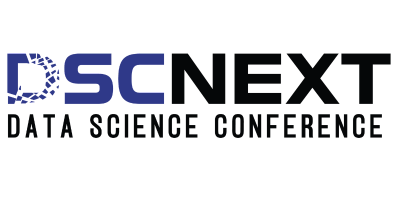
Cloud-based scalable machine learning (ML) deployments have become essential for organizations managing large datasets, complex models, and fluctuating workloads. Leveraging the cloud brings flexibility, scalability, and cost-efficiency to every stage of the ML lifecycle—from training to real-time inference. Let’s explore key components and best practices that support scalable ML in the cloud.
Key Components and Approaches
Infrastructure Selection
Choosing the right cloud platform—such as AWS, Azure, or Google Cloud—is foundational. These services offer elastic compute, powerful GPUs/TPUs, and scalable storage. Technologies like Docker (containerization) and Kubernetes (orchestration) simplify deployment across diverse environments .
Serverless Architectures
Serverless models (e.g., AWS Lambda, Azure Functions) scale automatically with demand, reducing operational overhead. They’re especially cost-effective for sporadic or bursty workloads .
Collaborative Edge-Cloud Models
A hybrid approach blends cloud scalability with the low-latency capabilities of edge devices. Resource-intensive tasks run in the cloud, while edge nodes handle real-time processing—ideal for IoT and remote sensing applications .
Compute Containers and APIs
Containers ensure a consistent, high-performance environment for training and inference. Coupled with APIs and virtual machines, they support parallelism and scalable deployment across clusters .
Best Practices for Scalable ML Deployment
Model Versioning
Tools like MLflow and DVC help track models, datasets, and hyperparameters. Integration with CI/CD pipelines ensures smooth and automated updates.
Environment Consistency
Containers help maintain uniform environments across development, staging, and production. Infrastructure-as-Code (IaC) tools like Terraform ensure reproducible and automated setups.
Testing and Monitoring
Automated testing and real-time monitoring guard against model drift and performance degradation. This ensures models remain accurate and production-ready .
Optimized Data Pipelines
Efficient data ingestion and preprocessing pipelines prevent bottlenecks during training and inference stages—ensuring throughput matches scale.
Emerging Trends
HPC and Quantum Integration
ML workloads increasingly leverage High-Performance Computing (HPC) and experimental quantum computing to train ultra-large models and process massive datasets.
Edge Computing Collaboration
Decentralized processing at the edge boosts responsiveness in smart cities, industrial automation, and environmental monitoring use cases.
Event Spotlight:DSC Next 2026
DSC Next 2026,is scheduled for March 24–26, 2026 at NH Amsterdam Zuid, Netherlands.
The 2nd edition of the Data Science Next conference is a premier, global platform for data science and machine learning professionals, researchers, and industry leaders .
What to Expect:
200+ experts including startup founders, academics, and tech giants
Keynotes and panels on AI ethics, big data, NLP, fintech, cybersecurity, and more
Workshops and live coding (Python, R, cloud ML tools)
Poster sessions, career expo, and job fair
Startup showcases and networking opportunities
Why Attend?
Connect with over 200 experts through keynotes, hands-on workshops, and live coding sessions. Whether you’re looking to sharpen your ML skills, present your research, or explore career and startup opportunities, DSC Next 2026 offers it all—set against the dynamic backdrop of Amsterdam.
Conclusion
Cloud-powered ML deployments are shaping the future of intelligent systems. With advancements in cloud-native tools, automation, and hybrid architectures, organizations can now deploy models faster, smarter, and at scale. By following best practices and staying informed through global events like DSC Next 2026, professionals can unlock powerful opportunities for innovation, efficiency, and impact.
Reference
TechTarget:Best practices for real-world ML deployment
Google Cloud Architecture Center – “Best practices for implementing machine learning on Google Cloud”

